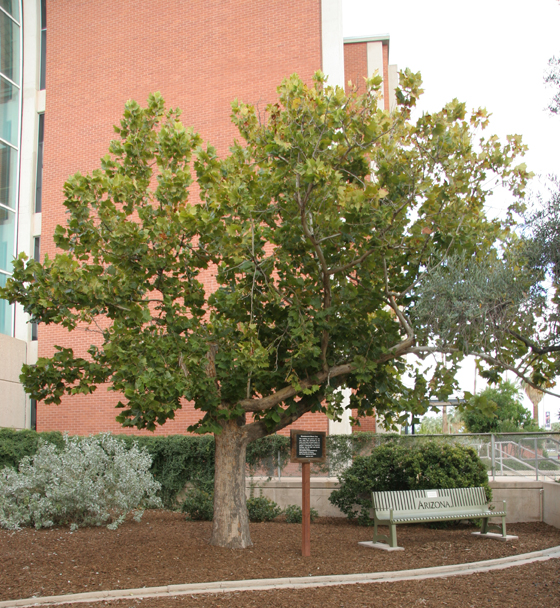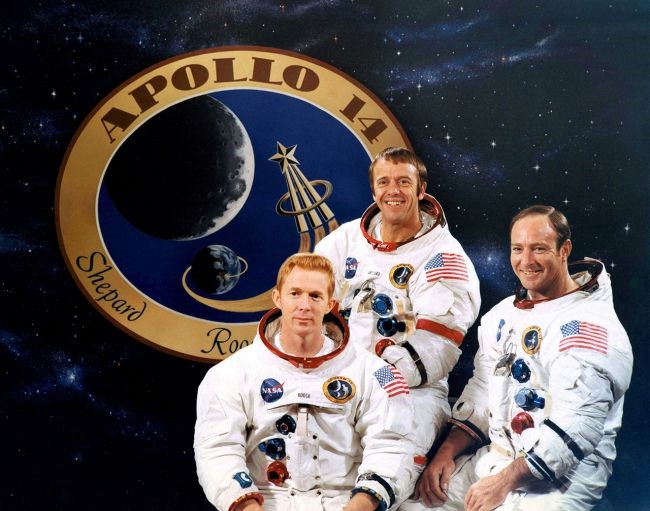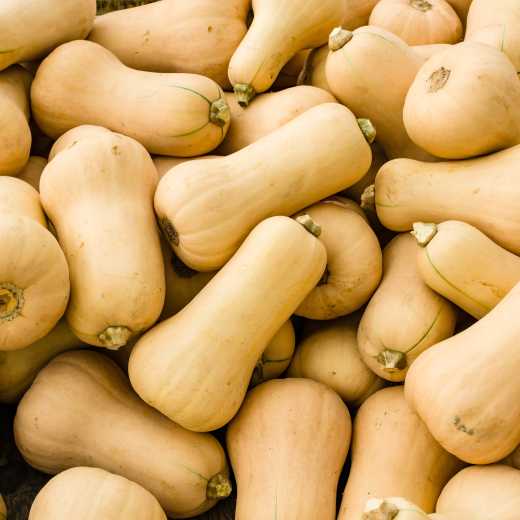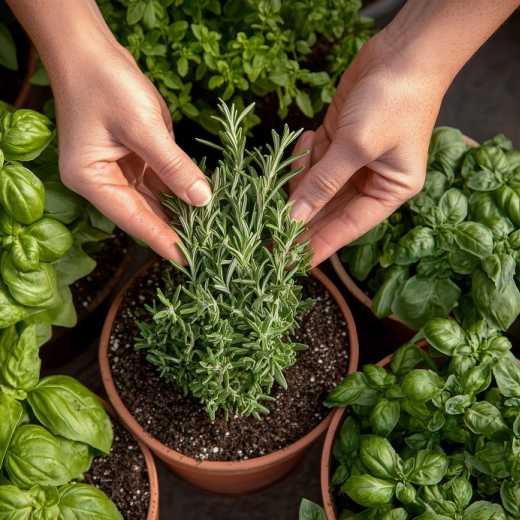To the Moon and Back

If you could take something with you into space, what would it be? A photo of your family or a treasured piece of jewelry that has a special meaning? In 1971, astronaut Stuart Roosa was faced with that decision. He was part of the team flying aboard Apollo 14 scheduled to make a lunar landing. Each of the three astronauts on the mission, Alan Shepard, Edgar Mitchell, and Stuart Roosa, could take up to twelve personal items that weighed no more than 1.5 pounds.
In the early 1950s, Roosa was a smoke jumper who leapt from airplanes into areas where forest fires needed to be fought. He spent several years fighting forest fires with the U.S. Forest Service and came to love the beautiful trees he was trying to protect.

He later became an aerospace test pilot and a fighter pilot. In 1966, he served as part of the support crew for Apollo 9 but did not go into space. In 1971, he was chosen as command module pilot for Apollo 14.
Because of Roosa’s love of trees, he chose to carry a six-inch metal container on board Apollo 14 filled with around 500 seeds from native redwood, loblolly pine, sycamore, Douglas fir, and sweet gum trees.
Stan Krugmen, then Staff Director for Forest Genetics Research with the U.S. Forest Service, helped Roosa choose the species that would travel into outer space. The goal was to test the effects of weightlessness on seed germination. An added bonus was that if the seeds germinated back on Earth, they could be given as gifts during the upcoming 1976 bicentennial celebration.
The three astronauts blasted into space on January 31, 1971. After orbiting the moon, astronauts Alan Shephard and Edgar Mitchell boarded the lunar module and landed on the moon. They established a scientific station to collect data and picked up moon rocks to take back to Earth for analysis. A less scientific activity was Shephard hitting two golf balls across the lunar surface.
Roosa and his cylinder of seeds stayed on board the command module, “Kitty Hawk,” and orbited the moon 34 times while waiting for Shephard and Mitchell to return from the moon.
After nine days in space, Apollo 14 returned to Earth. Roosa’s seeds were shipped to the U.S. Forest Service lab where they germinated, proving that weightlessness did not affect their viability.
In 1976, Roosa and Krugmen planted the first moon tree, a sycamore, at Washington Square Park near Independence Hall, in Philadelphia. The tree died in 2011 and was replaced with a second-generation moon tree which has since died and was replaced with a third moon tree.
During 1976 bicentennial celebrations, moon tree seedlings were given to all fifty states. They were planted beside local government buildings, in national parks, at schools and at colleges. Some were planted near national landmarks.
Unlike most government projects, no official records were kept as to where the moon trees were planted. Roosa died in 1994. Many locations of his moon trees are unknown.
In 2002, planetary scientist, Dave Williams, received an e-mail from Indiana teacher, Joan Goble, asking where some of the Apollo 14 moon trees were located. Williams worked at NASA’s Goddard Space Flight Center in Greenbelt, Maryland, and was intrigued, since he had never heard of moon trees.
He contacted the NASA history office and discovered there were, indeed, moon trees planted throughout the country. He tracked down many of these trees and created a website listing their location, date planted, and variety of tree found at https://nssdc.gsfc.nasa.gov/planetary/lunar/moon_tree.html.
If you know of a moon tree not on Williams’ list, contact him at @email.
When asked about the importance of moon trees, Williams said, “I’ve always liked the idea of something as firmly rooted in the Earth as a tree being the symbol of something as ‘un-rooted’ from Earth as going to the Moon. These trees are an important part of America’s history.”
If your garden club would like to plant a second-generation moon tree for Arbor Day, contact American Heritage Trees to purchase a tree grown from a seed or cutting taken from a moon tree.
Fifty-two years after the Apollo 14 landing, moon trees are still growing throughout the country as a living testament to that momentous occasion when American astronauts slipped the surly bonds of Earth and landed on the moon for a third time.
National Garden Clubs, Inc. is a 501(c)(3) organization that aims to promote the love of gardening, floral design, and civic and environmental responsibility. There is a local club near you, click here to find one and join. Subscribe to the NGC’s blog by entering your e-mail here. You do not have to be an NGC member to subscribe. NGC welcomes blog article submissions, e-mail the Blog Administrator at blog@gardenclub.org.

 Member Login
Member Login






